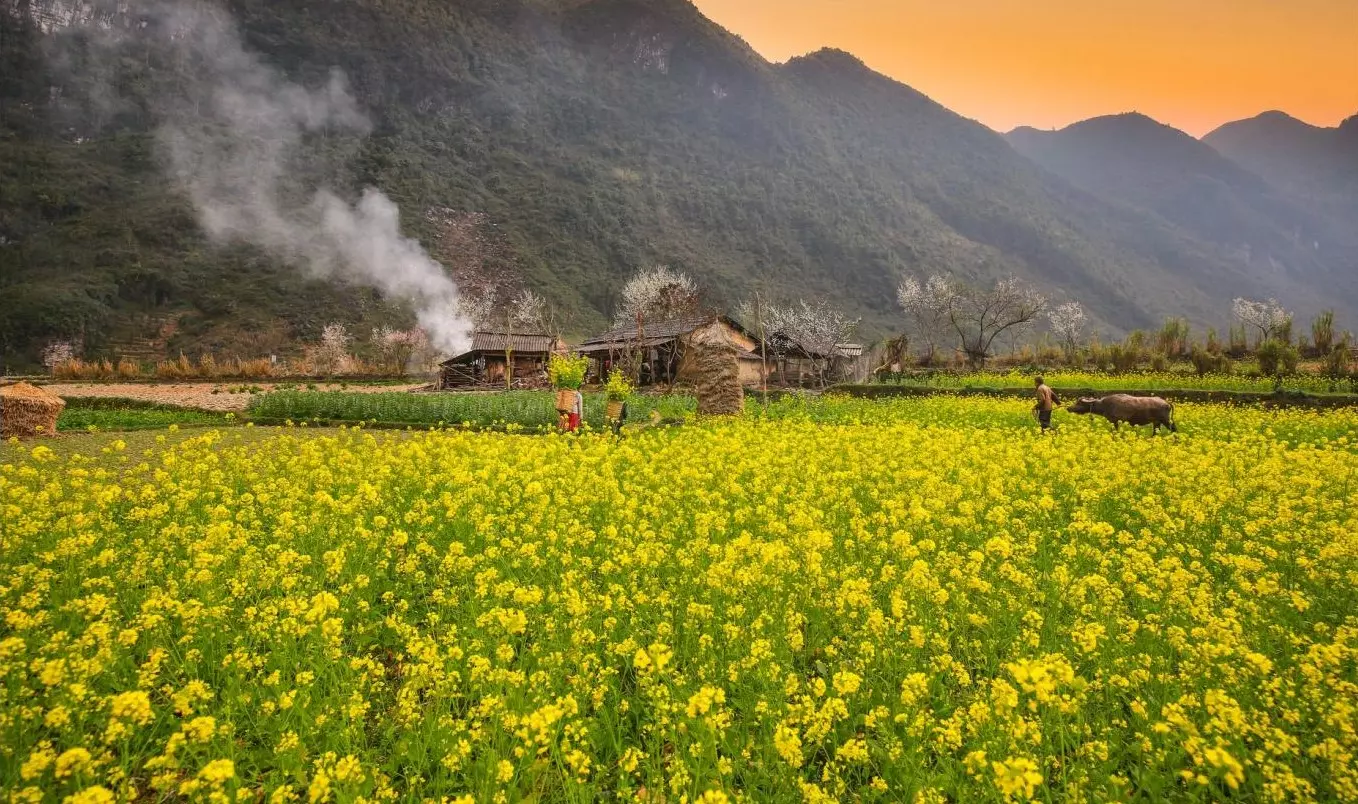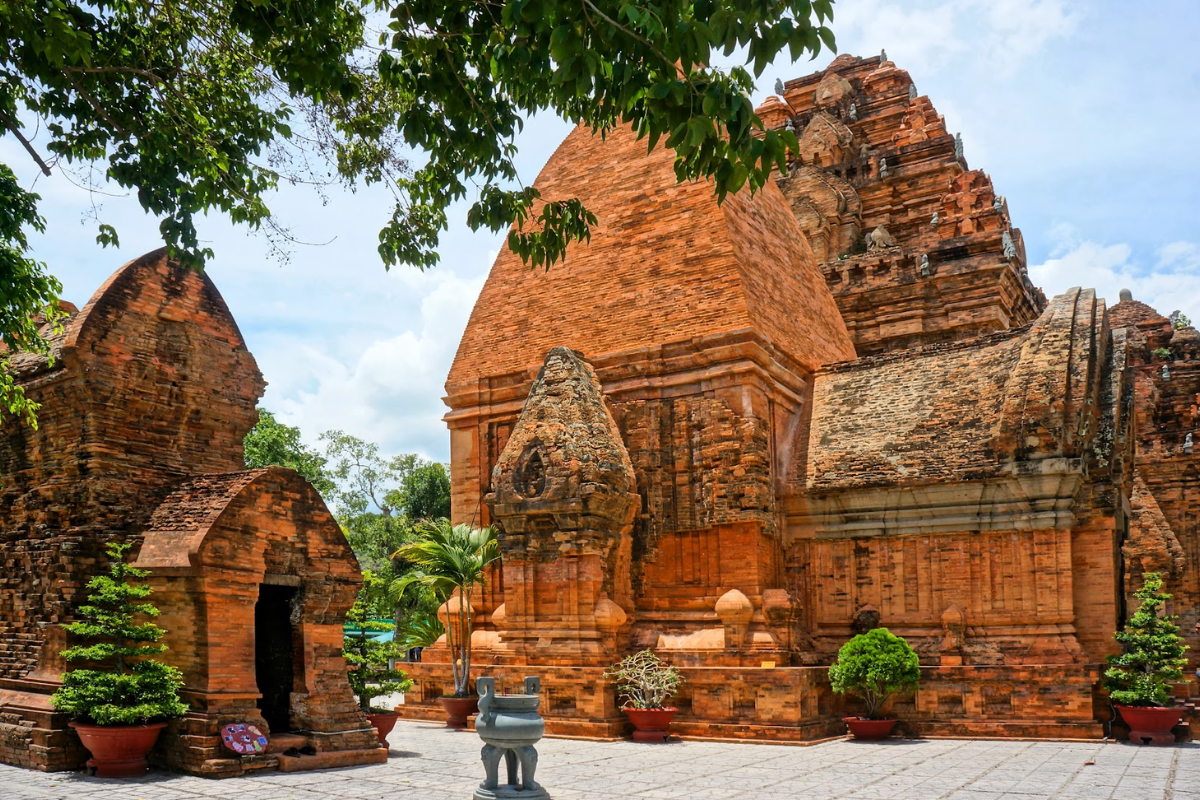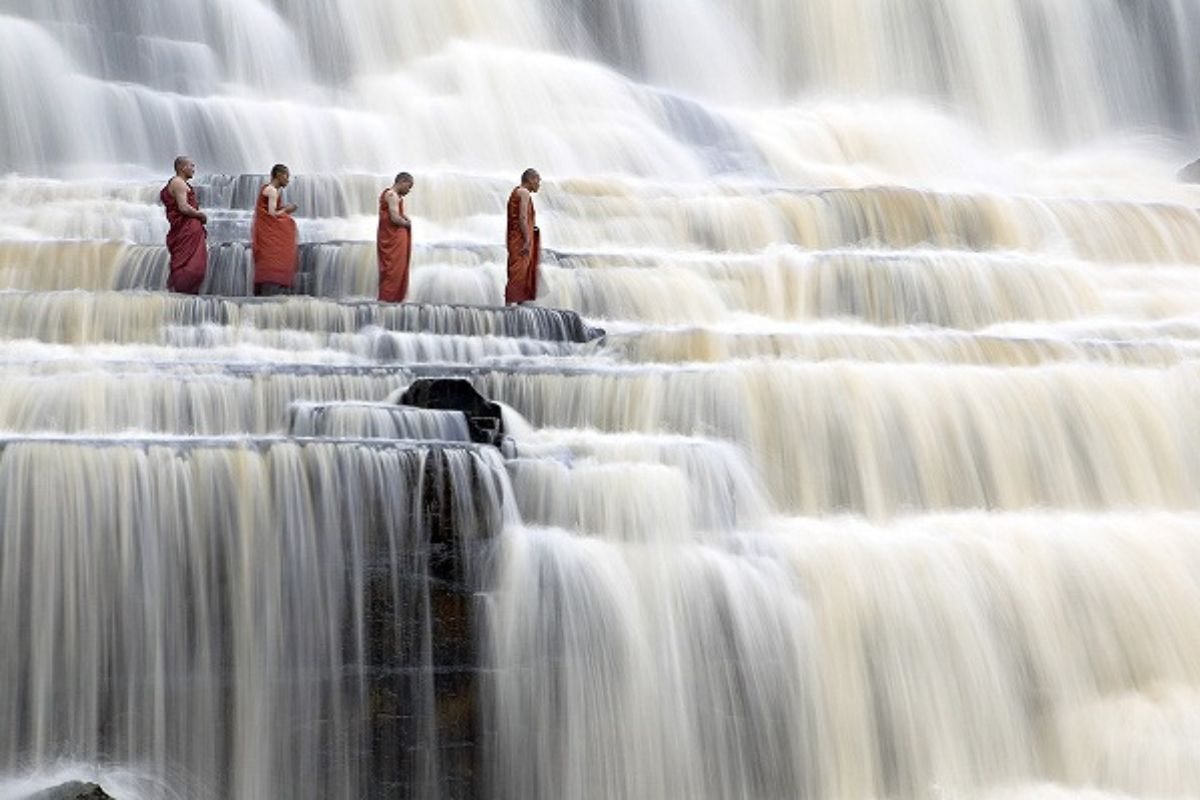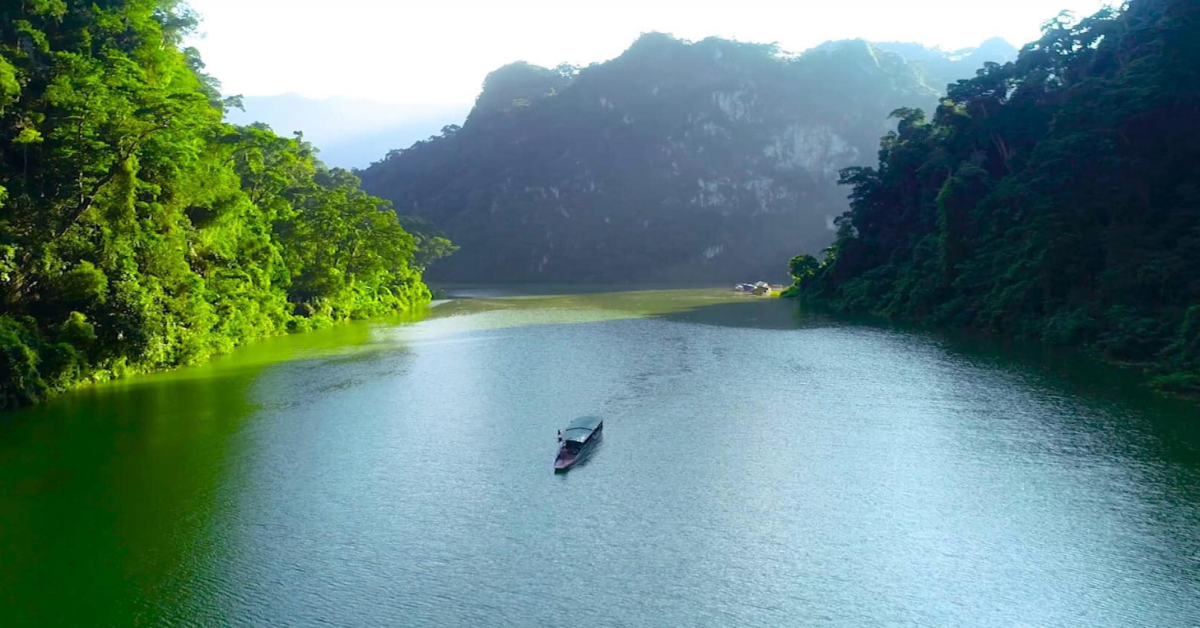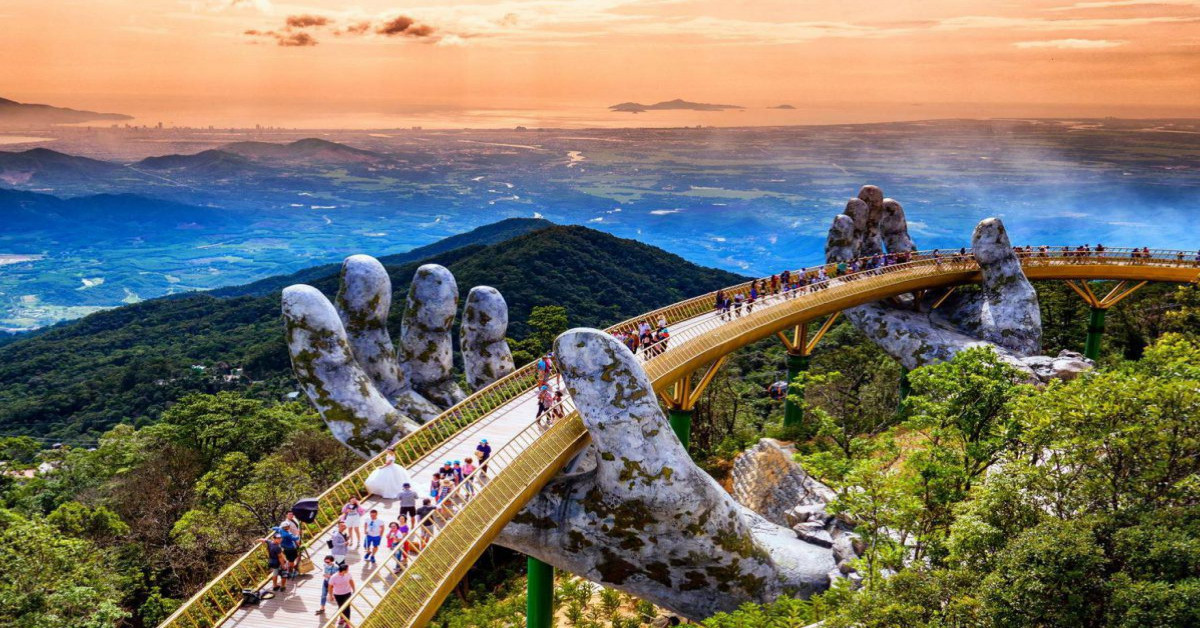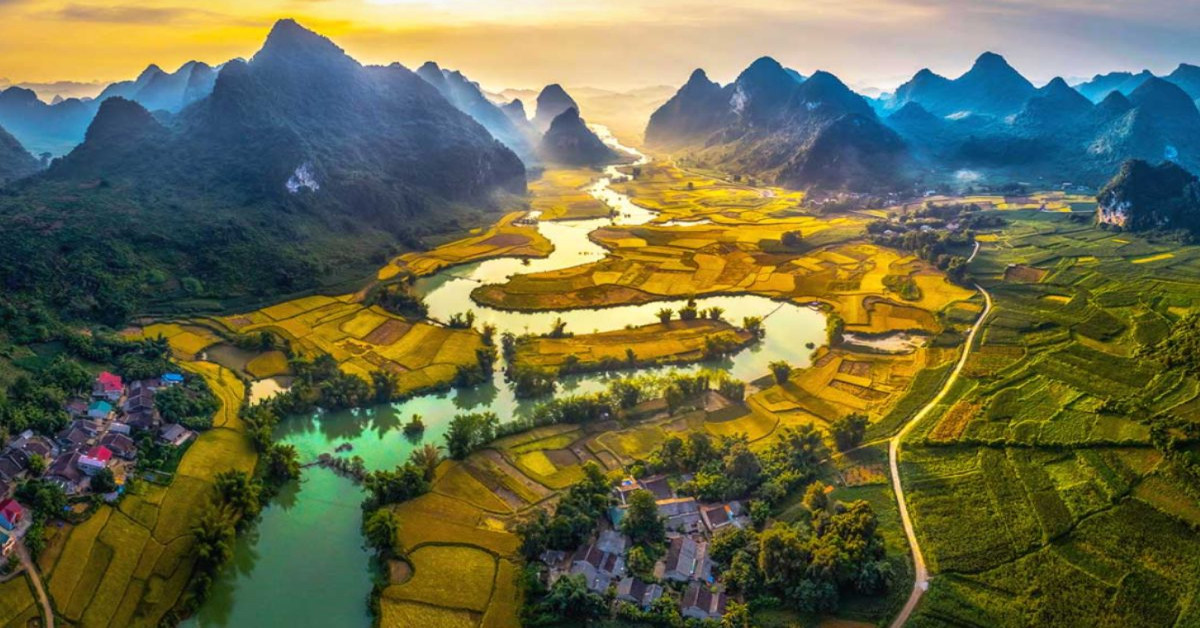Tham Ma pass - Conquering the Legendary Border Route
Ha Giang has always been a favorite destination for Vietnamese backpackers, particularly suited for individuals who love discovering new locations. Among the many tourist spots in the province, Tham Ma Pass stands out as the top choice for young travelers who want to conquer long and challenging roads. This area impresses visitors not only with its stunning natural landscape but also with its steep slopes and sharp curves that surprise even the most experienced drivers. In this article, World Mate Travel walks you through why Tham Ma Pass is considered a symbol of adventure and discovery.
Tham Ma Pass – A Challenging Yet Fascinating Destination for Adventurers
Tham Ma Pass is one of the most iconic roads in Ha Giang, highly favored by Vietnamese backpackers. This pass stretches about 8 kilometers and features numerous sharp curves and steep slopes. It challenges even the most experienced riders and requires them to have not only good driving skills but also great courage.
Despite its difficulty, the pass remains a must-visit for thrill-seekers who enjoy pushing their limits. Each twist and turn adds a sense of excitement, while the feeling of triumph after conquering the past is something travelers never forget.
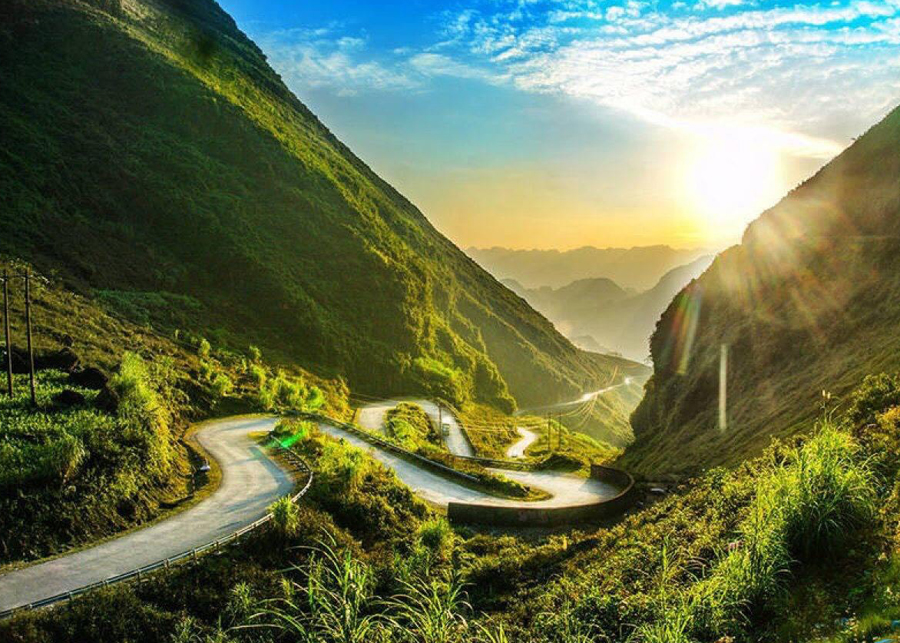
Releated article: Discovering the breath-taken landscape with Ha Giang Motorbike Tour
Why Is Tham Ma Pass So Attractive Despite Its Danger?
One of the main reasons is the amazing scenery. The pass lies between towering limestone mountains and deep valleys, offering a panoramic view of green hills, winding roads, and occasionally, golden rice terraces during the harvest season. From birth views, the road looks like a soft silk ribbon threading through the rocky mountains.
Once you pass the mountain section, the sight of golden, ripe rice fields will immediately catch your eye. It's no exaggeration to say that a trip to Tham Ma Pass can ease all your worries, allowing tourists to immerse themselves in the beauty of nature.
With its sharp turns and steep, narrow paths, Tham Ma Pass might give you a thrill that sends shivers down your spine. Still, if you want to indeed experience Ha Giang, this pass is a must. The further you travel, the more charm the route reveals — bringing a refreshing sense of freedom and a renewed love for life.
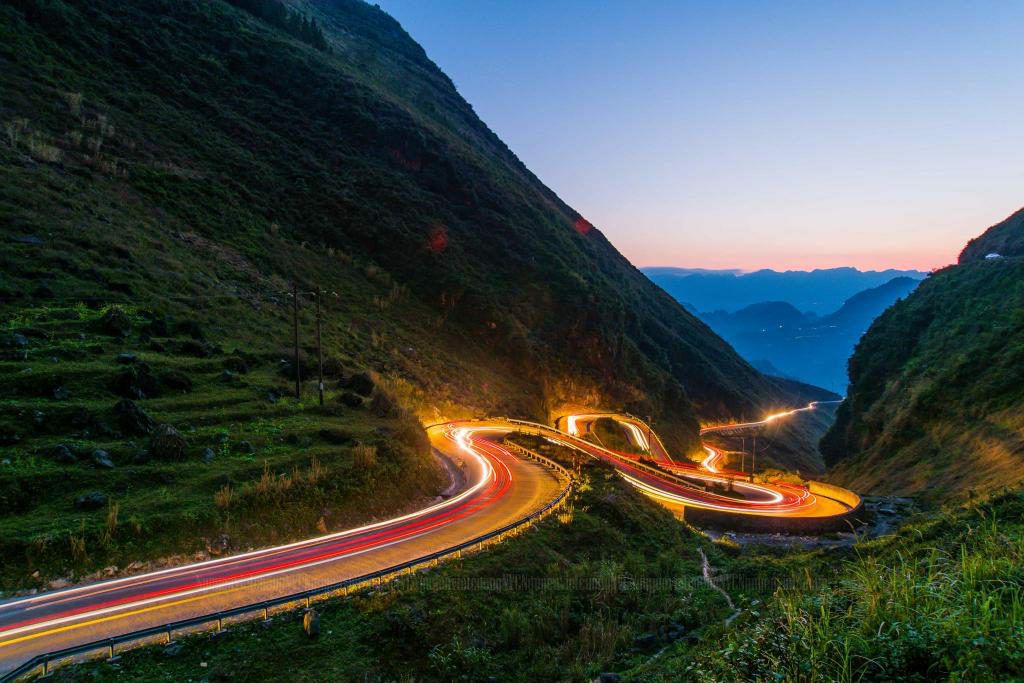
The best time to travel to Tham Ma Pass
The ideal time to visit Tham Ma Pass is between October and December when the weather in Ha Giang is pleasantly cool. This period also marks the blooming season of buckwheat flowers, which blanket the hillsides and create a poetic, signature landscape of the northeastern mountains.
Additionally, the months from April to June are also great for experiencing Tham Ma Pass. With dry weather and minimal rainfall, travel conditions are favorable. During summer, visitors can enjoy the cool, refreshing air of the highlands, a welcome contrast to the intense heat of the lowland regions.
Check-in locations around Tham Ma Pass
Tham Ma Pass not only offers majestic scenery itself but is also surrounded by a number of fascinating spots that promise memorable travel experiences.
-
Quan Ba: In Quan Ba, visitors can check in at famous sites like Quan Ba Heaven Gate, Co Tien Twin Mountain, Bac Sum Slope, and Quyet Tien Market. These stops allow travelers to enjoy the untouched beauty of the mountains and learn about the traditions of local ethnic minorities.
-
Yen Minh: Moving on to Yen Minh, you can explore destinations such as the Yen Minh pine forest, Yen Minh town, and Du Gia — a peaceful village ideal for a relaxing stay.
-
Dong Van rocky plateau: Tham Ma Pass is also the route leading to Pho Cao village. On your way, consider visiting Ma Pi Leng Pass, Sung La, Pho Bang, the Meo King’s residence, and the Lung Cu Flagpole — symbolic of Vietnam’s northernmost point.
-
Nho Que River: Don’t miss a boat ride along the Nho Que River, where you can marvel at the awe-inspiring Tu San Canyon, Southeast Asia’s deepest, with towering limestone cliffs creating a truly spectacular natural setting.
Releated article: Then Pa Village in Ha Giang - a small village nestled beneath the Lũng Cú Flag pole
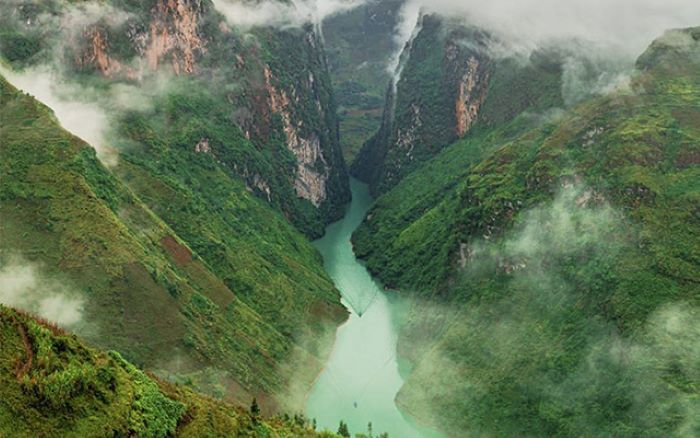
Important things to remember before taking on Tham Ma Pass
Tham Ma Pass is considered a rather complex and risky route, especially for those lacking confidence or experience in driving on mountain roads. To ensure safety, keep these tips in mind:
-
Inspect your motorbike thoroughly: It’s essential to check your motorbike before departure — focus on the brakes, tires, and engine to make sure it’s in good working condition for handling steep slopes and sharp turns.
-
Pack all necessary protective equipment: Helmets, body armor, and gloves are must-haves to protect yourself against possible injuries during the trip.
